Making the Switch – Swapping to Légère Reeds from Cane Reeds
23rd November 2019Experimentation around reed design, and the technology to make them, has really excelled in recent years. With so many on the market, it’s become increasingly easy to find the right one for you. And then, there’s the spanner in the works … synthetic reeds! More specifically, Légère reeds. We’ll talk you through some key differences between cane and Légère reeds, as well as why switching to Légère may suit you.
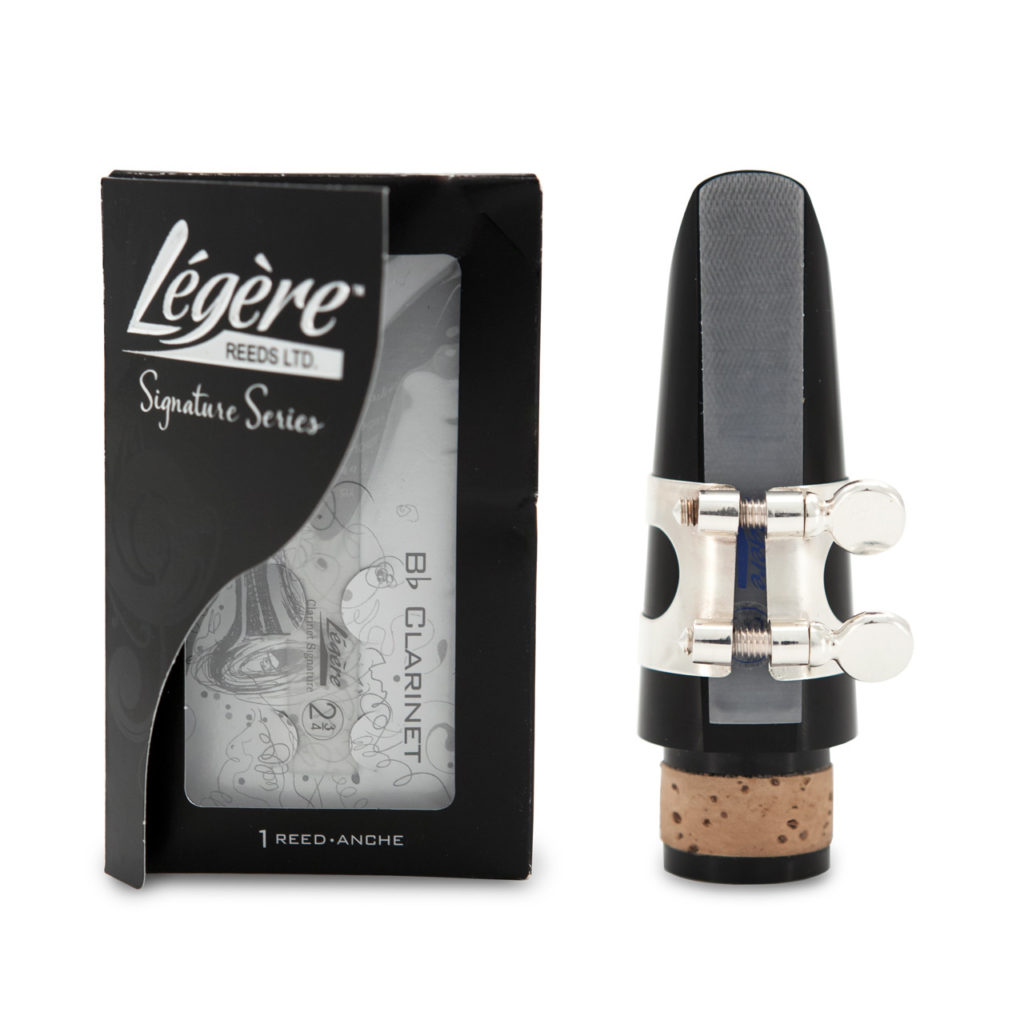
The Technical Differences
Of course, the main difference between cane and Légère reeds is the material. Whilst natural reeds are made of cane, the Légère reeds are made of polypropylene, a non-toxic material that goes through a process called orientation to make it more flexible. Natural reeds are cut directly from the cane, which leads to inconsistencies as no two pieces can be the same. Légère reeds are made by a CNC cutting machine, before undergoing strength testing and are hand finished.
The patented Légère design mimics the qualities of natural cane without the inconsistent and delicate nature of them. They hold a similar longitudinal strength whilst remaining flexible where it matters. Légère reeds don’t need to be wet to play either – in fact, they don’t absorb any water!
The use of a synthetic material ensures the Légère reeds last much longer than their natural counterparts. Players can get anywhere between two and six months of use out of them, depending on intensity of use. With proper care, they could last even longer!
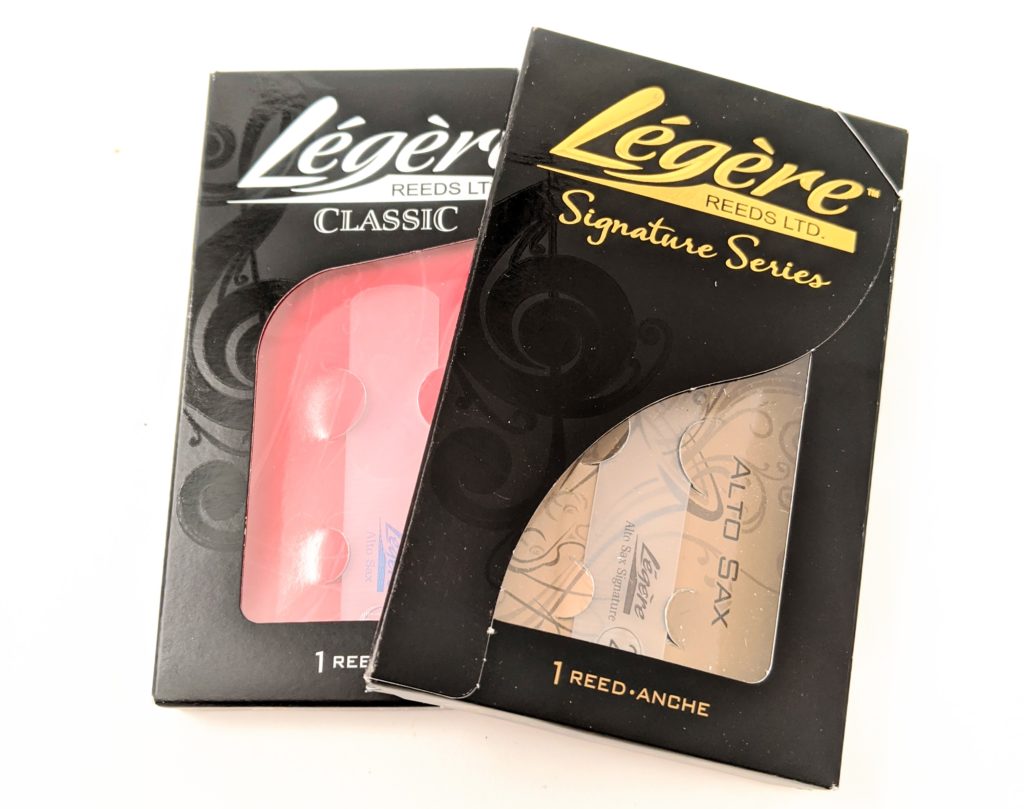
How Do They Perform?
The technical spiel is all well and good, but you’re here to know if they’re worth the price tag! How do they hold up in comparison to natural cane reeds?
Any woodwind player (besides flautists, who are lucky enough to not have to contend with a reed!) needs to rely on a consistent reed. Whether you’re a student making first notes, or a professional blowing through boxes of cane reeds a months, it’s unheard of to pick up a box of 100% consistent reeds.
Légère reeds ensure consistency – not just between reeds, but on the same reed. A synthetic material won’t show the affects of atmospheric changes, so when you put your reed on your mouthpiece to practice you know it will play the same each time.
The ‘plastic-y’ feel in the mouth is a little odd at first, but as they are sanded to finish, the section of the reed in your mouth is textured – no slipping about! When I switched to Légère on alto sax and clarinet, I got used to this sensation very quickly.
As a woodwind doubler, I’m often playing in shows that require quick changes between instruments. In the past, I’ve been caught off guard during a fast switch by a dried out reed! It either won’t play, or makes a much harsher sound than I would usually make. I no longer have this problem, as the Légère will play as a wet reed would.
Tonally, Légère have a tendency to sit on the bright side – but barely. This can be countered (or amplified, if that’s what you like!) with a good ligature. I use a Rovner Versa on clarinet, with the flaps over the plates to round out the sound. Alternatively, using a Légère just a little harder than your usual strength should mellow out the tone a bit. It wouldn’t take long to adjust to such a small change. I find the intonation to be spot on and the full range – from bottom to extreme altissimo – easy to play. The reeds are also flexible in terms of note bending and glissando. Finally, the projection is excellent, yet you can really hold back the dynamics without fear of the tone dropping out.
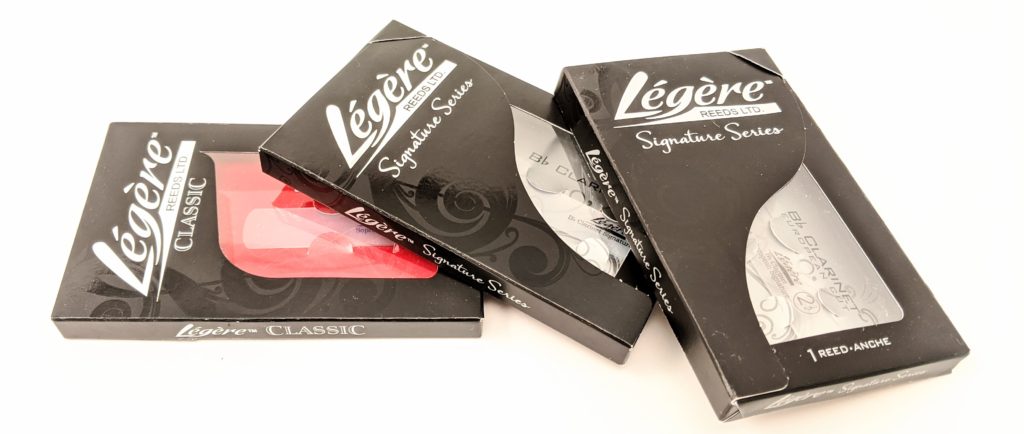
Légère Options
I’d say the Légère could be worth it for anybody. At the roughly the price of a box of ten cane reeds, it can last much longer than it would take you to get through those ten reeds. The consistency is almost unbeatable, and they’re excellently versatile. What’s more, they come in a variety of options to suit different players! *We’ve put the strength/model comparison charts at the bottom of this blog.
For saxophone, the Classic Légère most closely resembles standard cut reeds such as the D’Addario Rico Classic. These have a full, dark sound with moderate resistance. With a modified profile, the Studio Cut is slightly brighter in tone with a sharper response. The Signature Series, most popular with advanced and professional musicians, is 20% thinner than the Classic and Studio reeds but with a stiffer material. This allows for maximum response and flexibility with a lively but full sound. We find most players are happiest on the Signature Series as they feel and perform most like cane reeds.
Their clarinet options include the Classic, which holds similar characteristics to the Classic for saxophone – they are described as percussive, ensuring excellent clarity of response in large ensembles. Thinner again is the Signature Series, providing flexibility and focus. The Signature Series: European Cut has a slightly wider and shorter scrape – with the thinner profile, this reed has become very popular with European orchestral artists. Again, we find most players prefer the Signature Series, the European Cut have been especially popular with those using Vandoren mouthpieces.
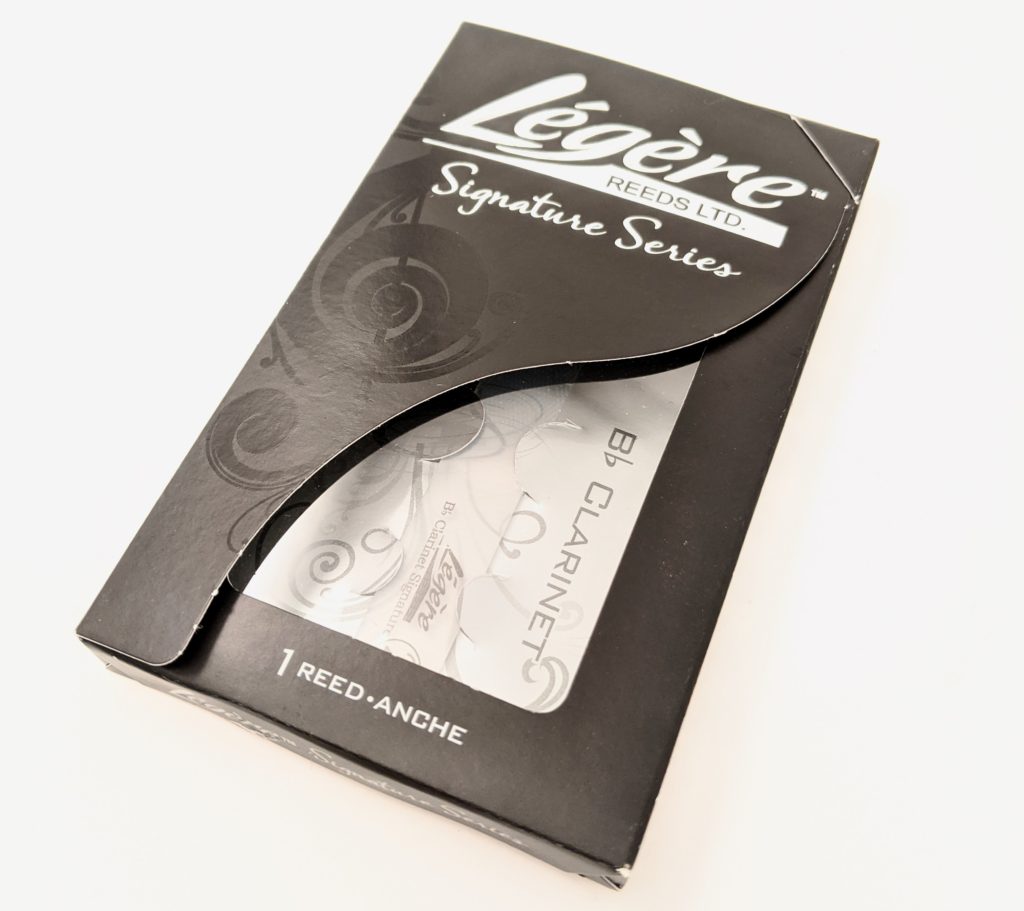
Légère have also delved into the world of double reeds, providing medium-soft and medium reeds for oboe and medium for bassoon. These too have proven to beat the test of resilience and versatility, as testified by a number of professional musicians.
Jesse – Flute and Single Reed Specialist
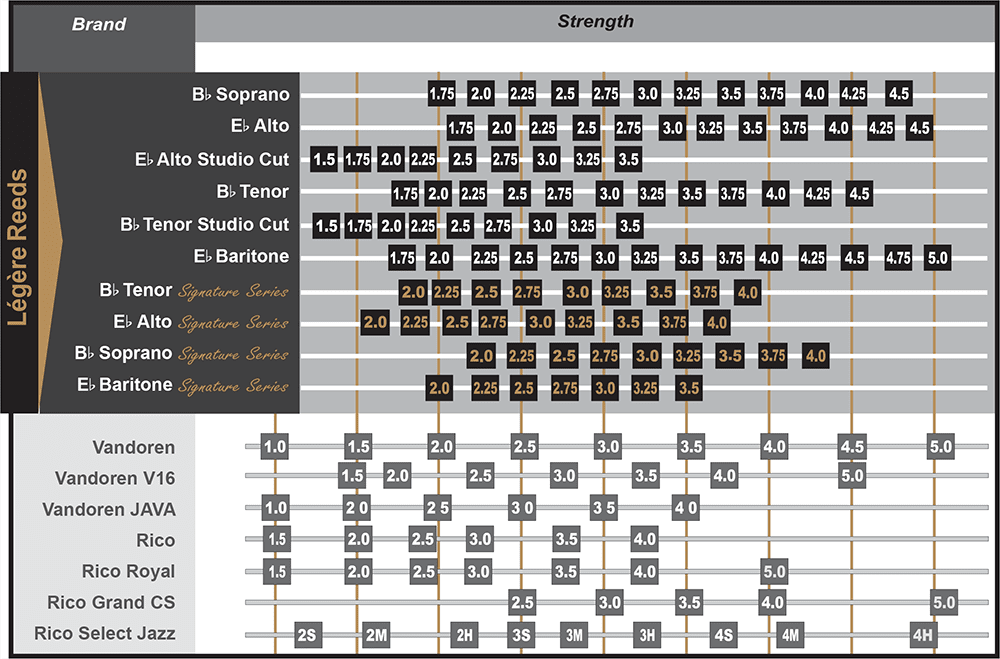
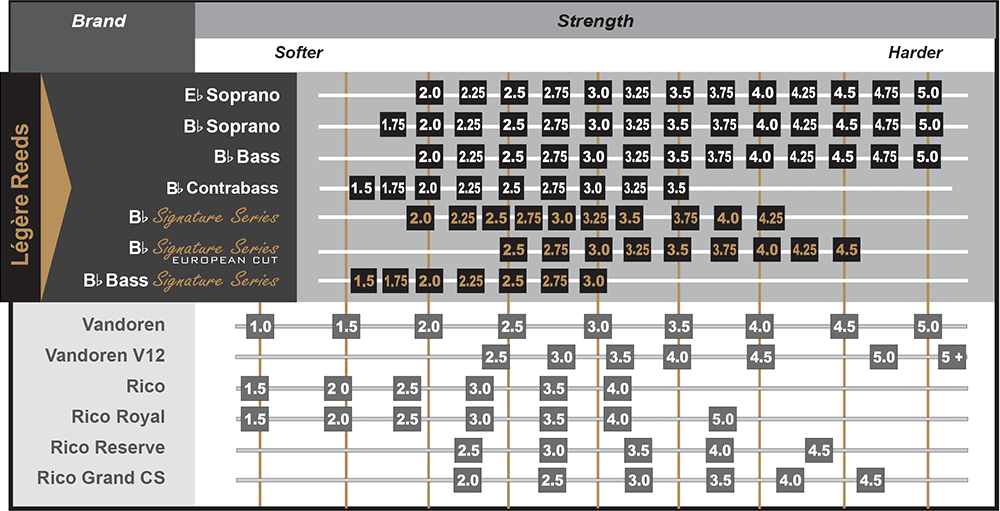
If you have any questions about Légère reeds – or, of course, about any of our products – call us on 01628 630800, or email us at info@dawkes.co.uk.
We aren’t able to offer refunds or exchanges on opened Légère reeds, however you can organise to swap strengths with Légère directly.